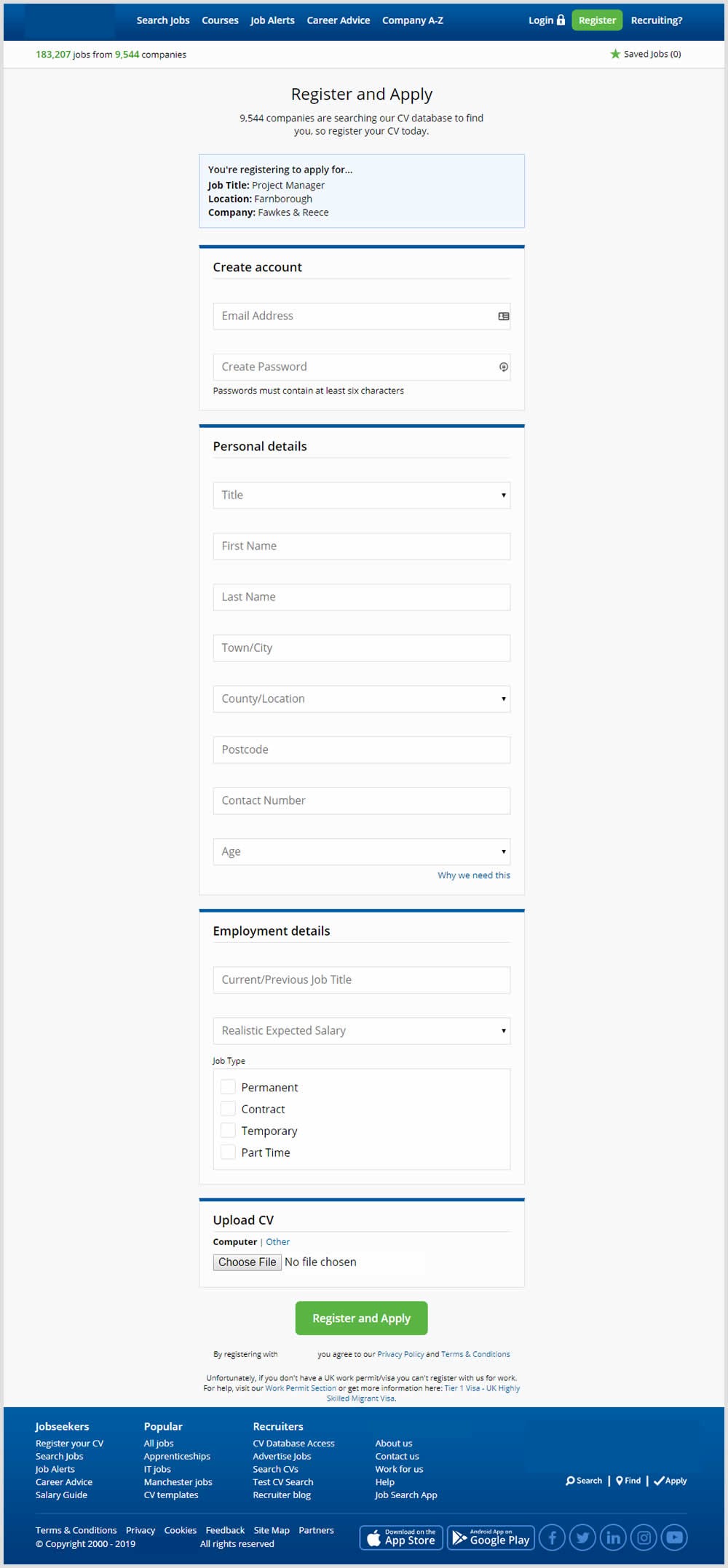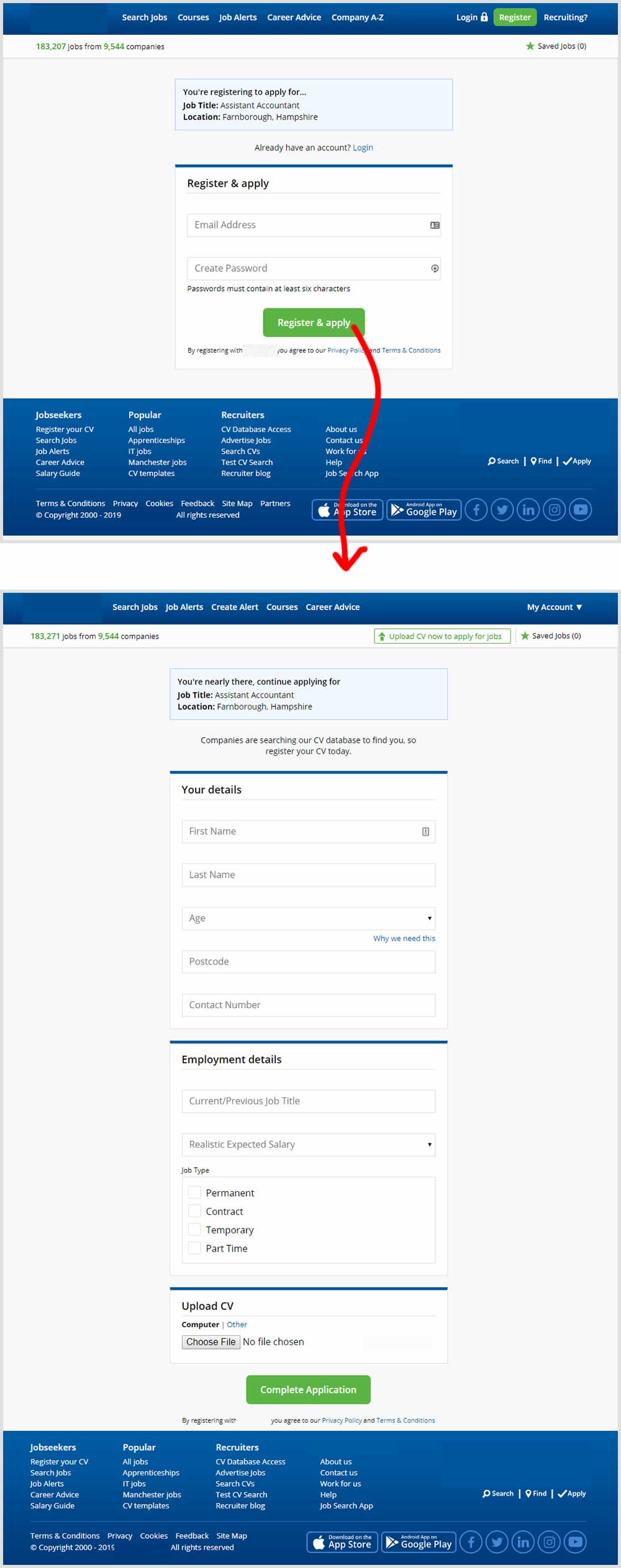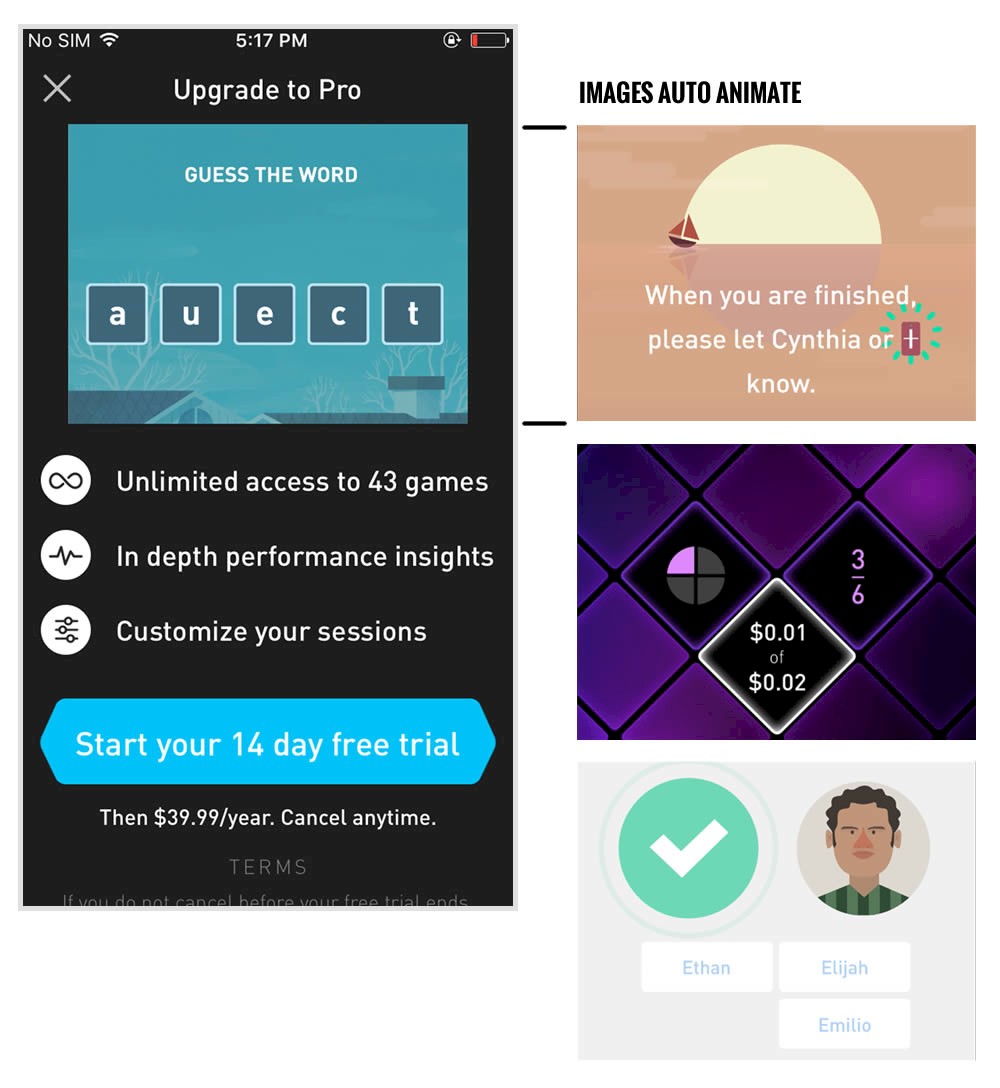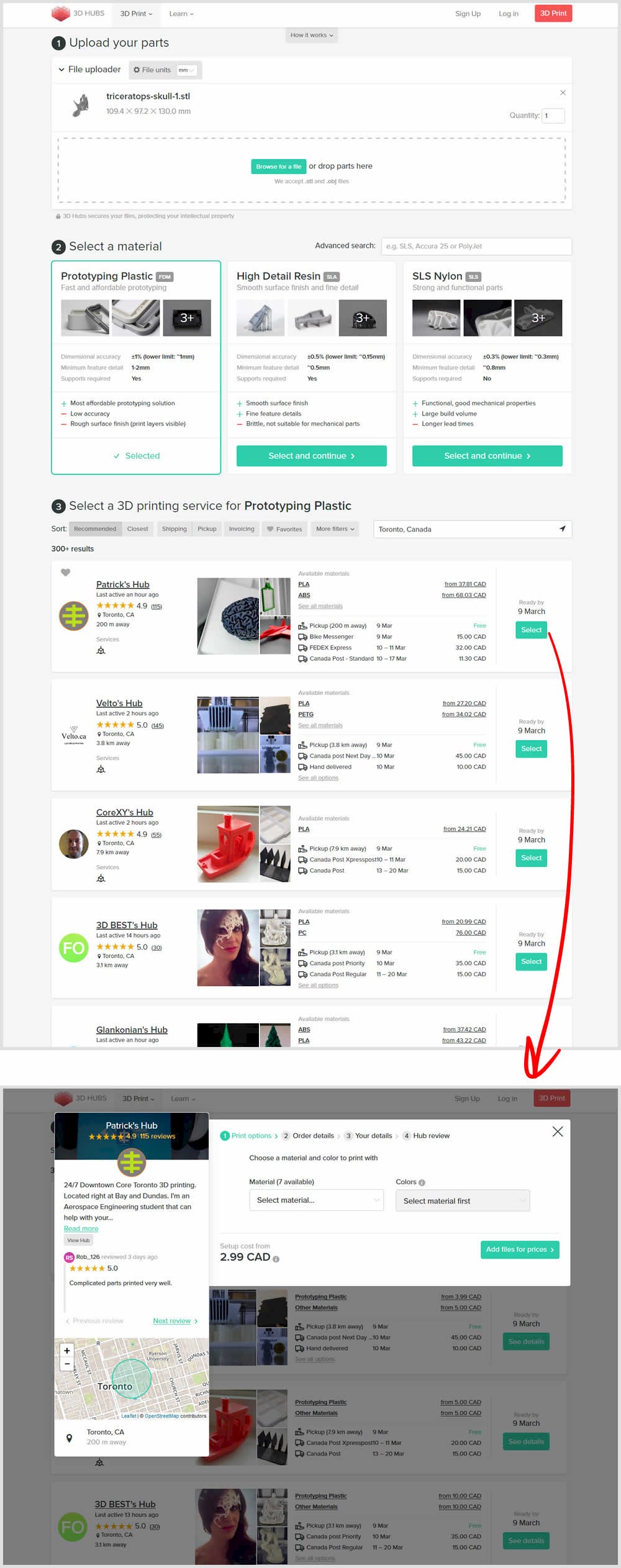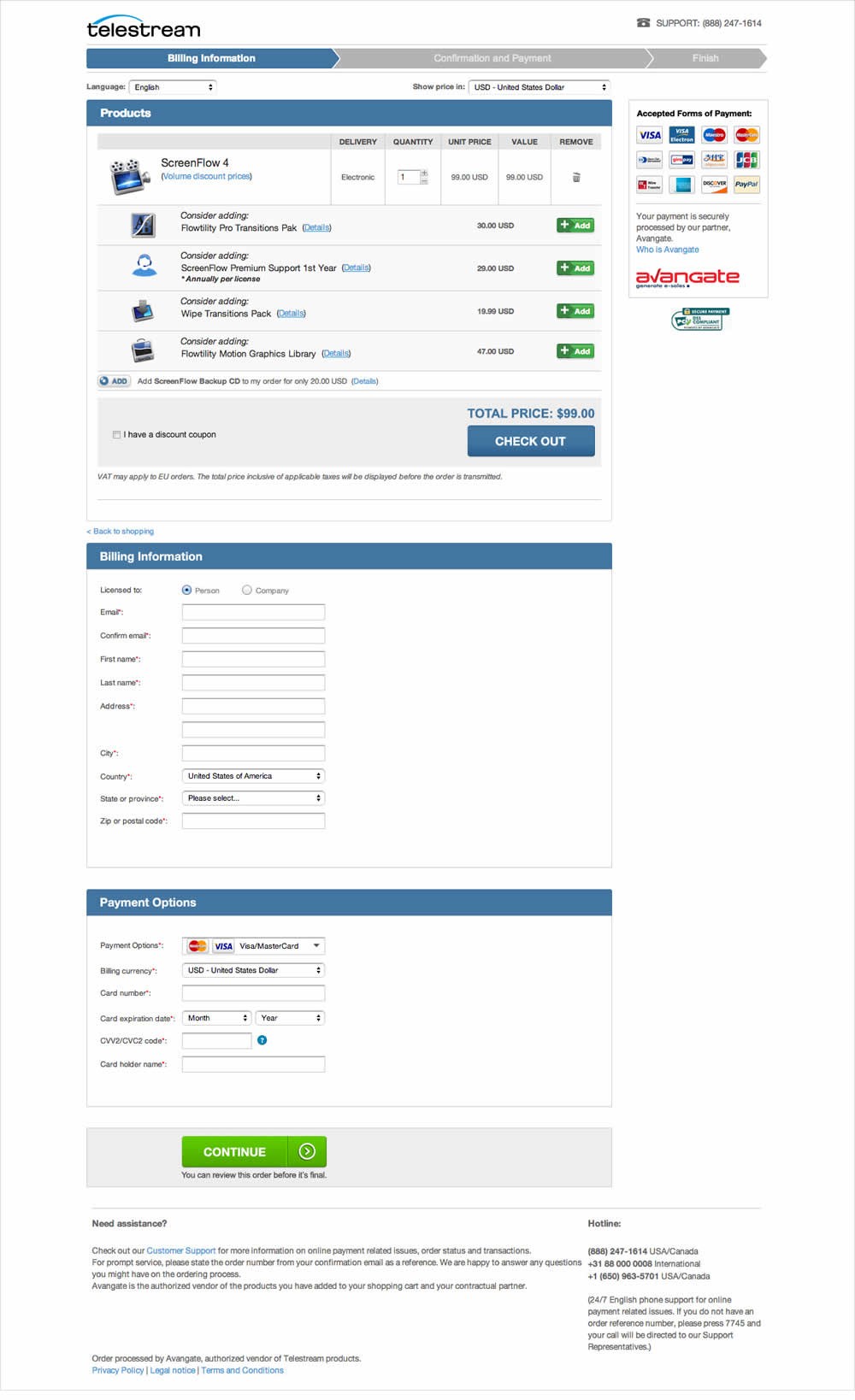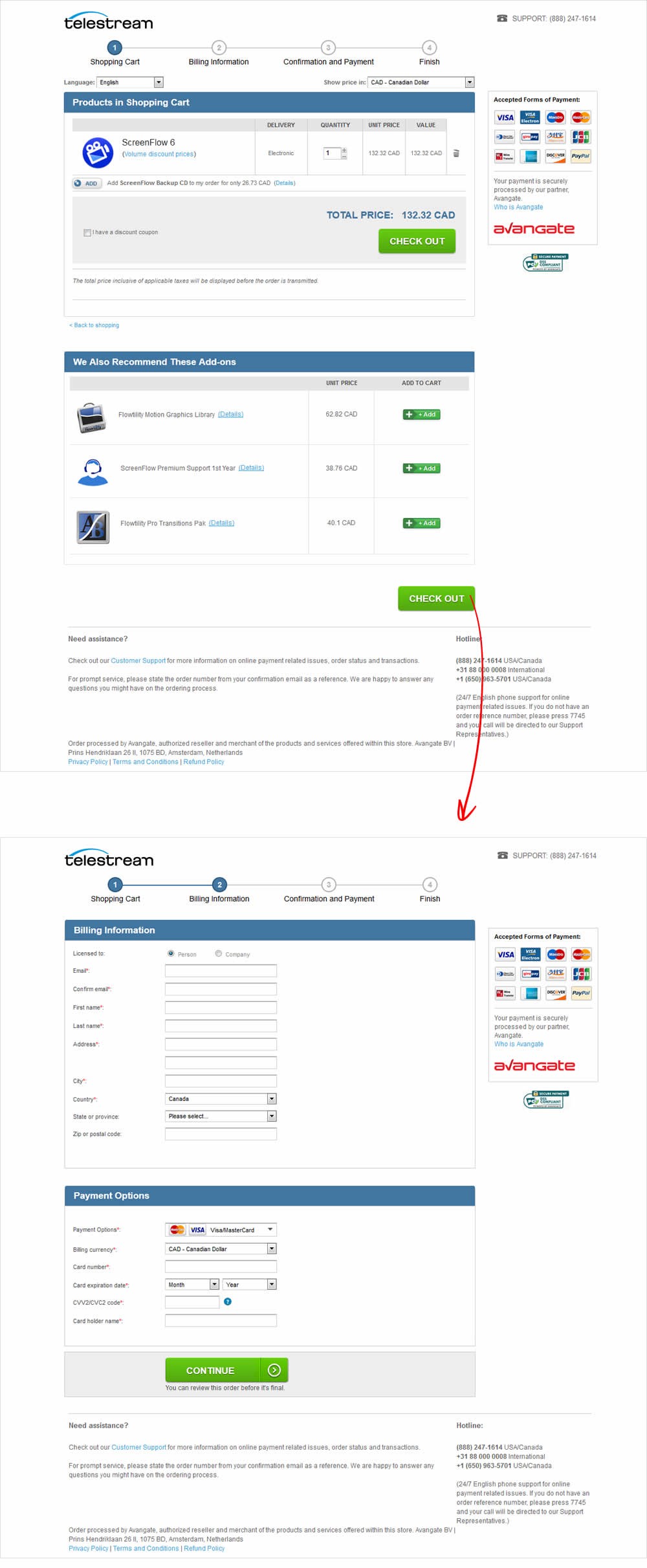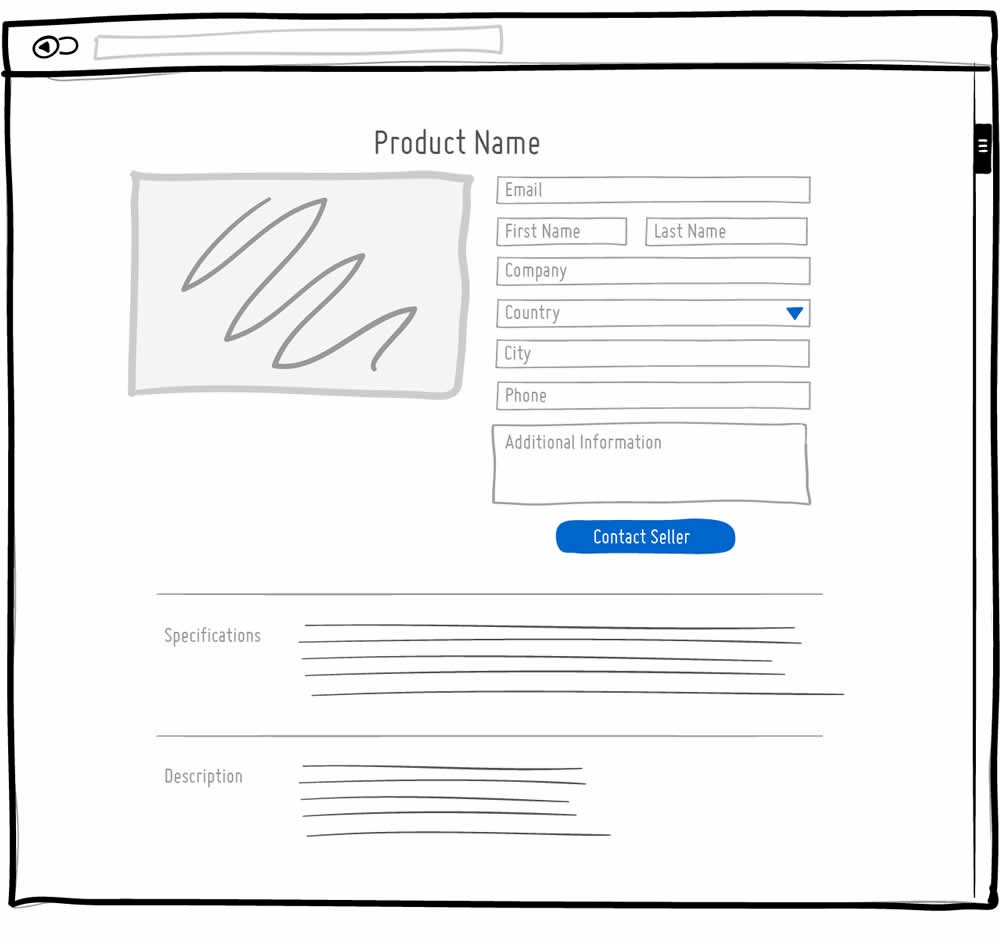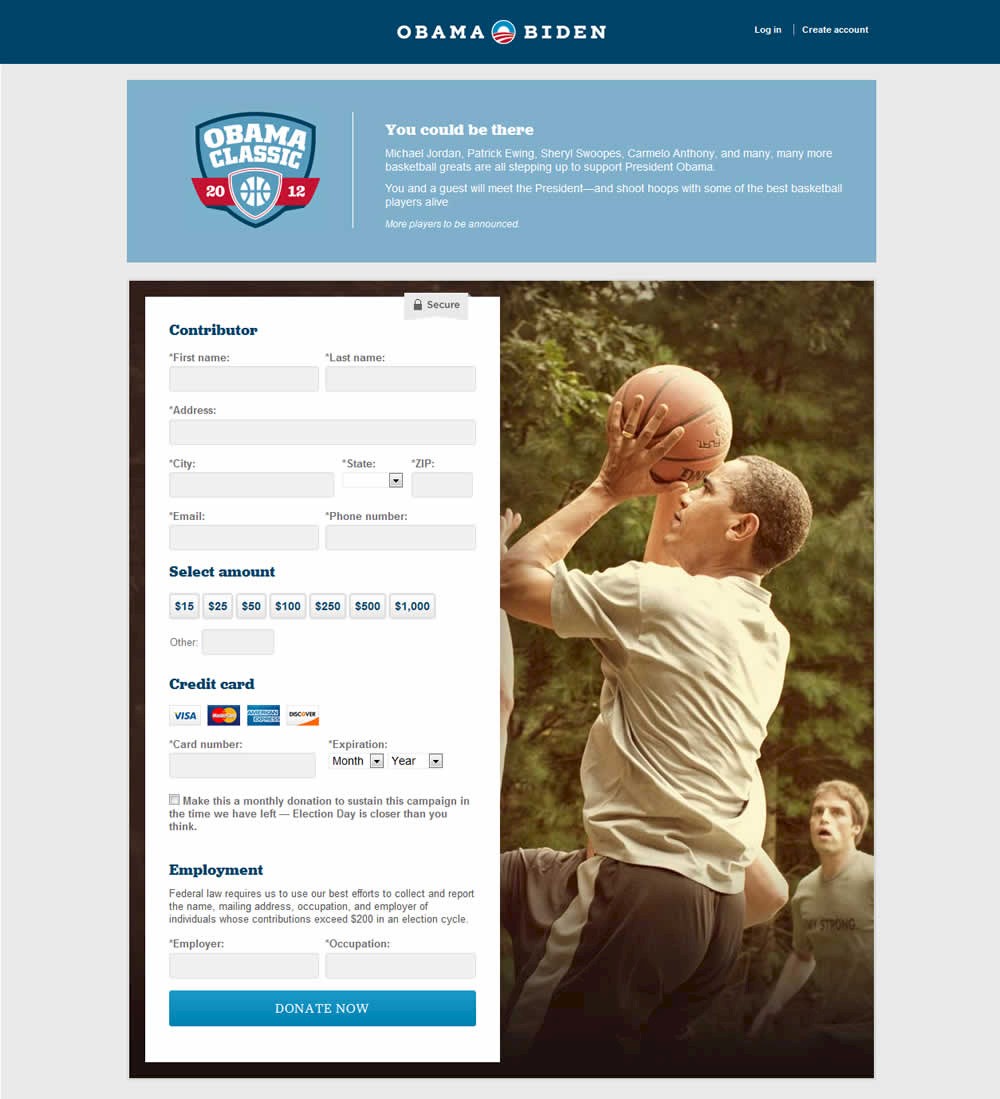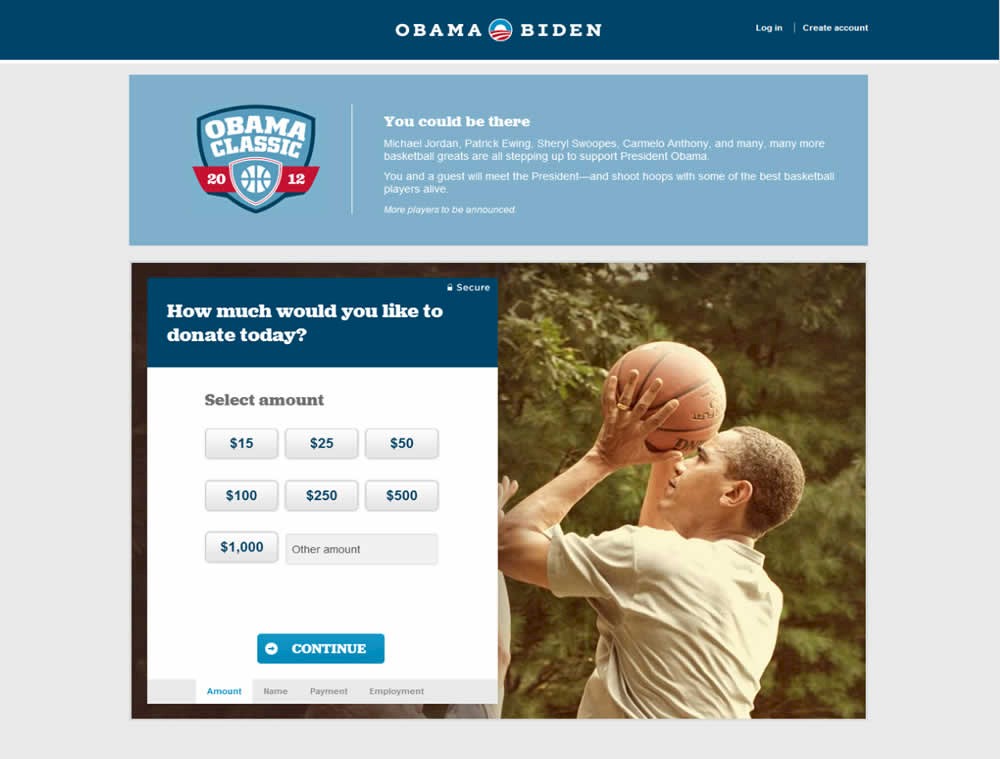Pattern #9: Multiple Steps Save Pattern Bookmark
Pattern Author:
 Jakub Linowski
- Founder & Editor @ GoodUI.org
Jakub Linowski
- Founder & Editor @ GoodUI.org
Based on 6 Tests, Members See How Likely This Pattern Will Win Or Lose And Its (?) Median Effect
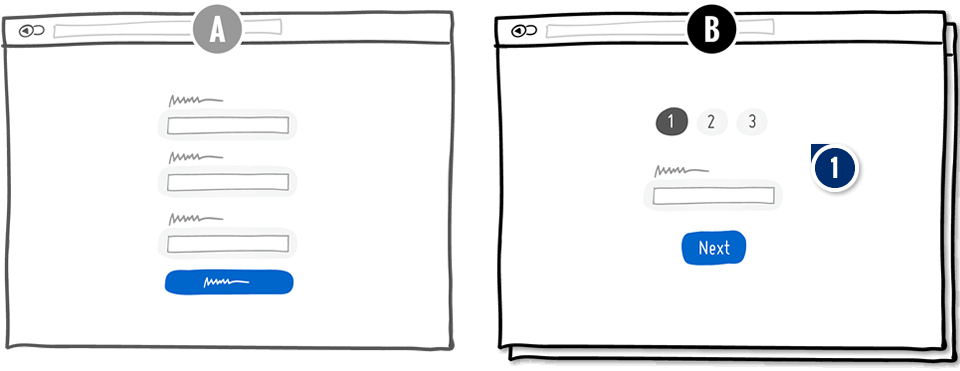
-
Add: More Steps Smaller Commitments
This pattern suggests to break one bigger task into a set of smaller steps. It may be easier to feel accomplishment this way as smaller tasks are completed more quickly.
Median Effects
?
Engagement
Ex: Any Action / Visit
(1 tests)
?
Conversions
Ex: Signups, Leads
(4 tests)
?
Sales
Ex: Transactions, Upsells
(1 tests)
?
Revenue
Ex: AOV, LTV
(1 tests)
?
Retention
Ex: Return Visits
?
Referrals
Ex: Social Shares
For each pattern, we measure three key data points derived from related tests:
REPEATABILITY - this is a measure of how often a given pattern has generated a positive or negative effect. The higher this number, the more likely the pattern will continue to repeat.
SHALLOW MEDIAN - this is a median effect measured with low intent actions such as initiating the first step of a lengthier process
DEEP MEDIAN - this is derived from the highest intent metrics that we have for a given test such as fully completed signups or sales.


